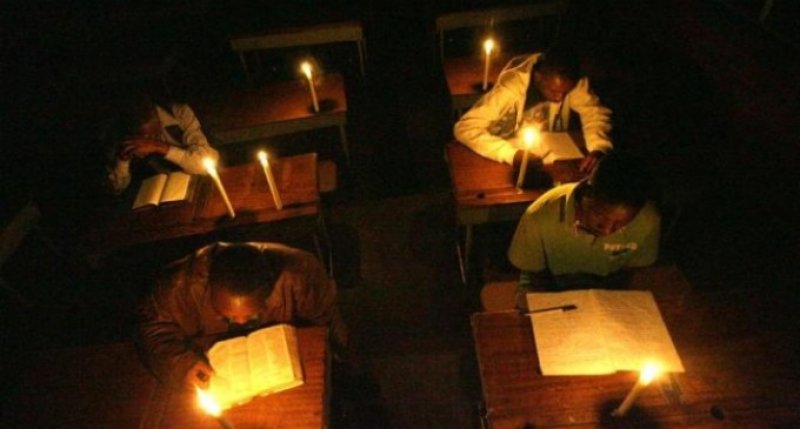
Saving energy at home begins with metering energy consumption. Just like Shazam can recognise which music is being played, Smappee can also ‘hear’ a refrigerator clicking on, a coffee machine percolating or the TV turning on. The company wants to raise between 5 and 7 million Euros by the end of this year in order to switch even faster.
“I just don’t know where all my electricity goes”. That’s the complaint that serial entrepreneur Stefan Grosjean kept on hearing from friends and family before deciding to set up the Smappee company in 2012. As the founder of consultancy firm EnergyICT, he had already earned his spurs in the energy sector.
Even though the challenge was immense, “Of course there already were conventional gauges that you place between the plug and the electric socket”, Grosjean explains “but they’re no good for built-in fridges and lights. For those, you had to take a reading from the fuse box.”
Every household appliance has its own recognisable pattern of energy usage and of being turned on and off. When Smappee senses a device is running for five minutes twenty times a day and has a power capacity of 40 to 50 watts, then chances are it’s a fridge.
“Think of it like Shazam, the app that can recognise what songs you’re playing”, says Grosjean. “Only the challenge we have is much more complicated, as if twenty different songs are playing all at the same time and they have huge volume and frequency differences.”
The challenge succeeded, with a team of six engineers, start-up capital of 1 million Euros and subsidies of 250,000 Euros from the Flemish Agency for Innovation through Science and Technology (IWT). Two and a half years later, the device, which costs 199 Euros and has been on the market since June of last year, is slowly but surely conquering the home energy market.
This device enables people to measure how much electricity their domestic appliances use in real time via an app. It displays the energy usage of all major appliances in very nice graphics. “The cost of a household’s slumber usage can quickly add up to 200-300 Euros”, argues Grosjean, “and monitoring leads to saving money”.
The device actually consists of two parts: one part goes into an electric socket and the second part is clamped onto the main power cable between the monitor and the household meter. A bonus is that the device also measures the output of solar panels on your roof. “We’ve noticed that solar panel fitters have formed a nice little distribution channel”.
It has recently become possible to not only meter, but also to monitor. By deploying a 10-euro remote-controlled switch, it is possible to turn appliances off and on. You can also switch all your appliances on when you come within a 200 metre radius of your house.
When you’re away on holiday, you can simulate being at home by turning the lights off and on. With Smappee, you have the ability to see from a distance what’s going on in your home, to see if you’ve accidentally left your iron on, for example. You don’t even need an extra switch to do this.
In the meantime, Smappee has gobbled up 3.5 million Euros. Reportedly, Grosjean would really like an additional 5 to 7 million Euros by the end of this year. Negotiations with new investors are going strong. This does not alter the fact that Smappee will break even by the end of this year.
“At first we only sold via our web shop, but now Apple and Amazon also offer it. We have recently also established partnerships with electrical chains, like Selexion. Even telecom companies are increasingly catching up with the smart grid (the power network of the future that aligns electricity usage and price through wireless communication between electrical devices and electricity suppliers, Ed).
We sell between 1,000 and 10,000 devices per month in Europe, the USA, Mexico, and as far afield as Australia and New Zeeland. Today, via the internet, I sold another 30 devices to Islamabad. This year, turnover will reach 3 million Euros.
Meanwhile, Smappee is working on a professional version for SMEs. In addition, they would like to add more functionalities “What we are now doing for electricity, could also be done for water and gas usage”. Grosjean is silently hoping that water, gas and electricity distribution companies will turn to him to develop their smart grid further.
Grosjean already has 20 years’ experience in energy management. He sold his previous company EnergyICT in 2009 to a Luxembourg group which has since been swallowed up by Honeywell. At that time, it already was an SME with a turnover of 25 million Euros and a profit margin of over 20 percent. EnergyICT was aimed at the commercial sector. Wal-Mart and Coca-Cola were among the companies using its technology to reduce their energy bills.
Grosjean’s present company now also seems to be the perfect takeover target. Smappee technology would be a good match for Nest, the smart thermostat brand, and for Google’s digital home cameras, for example. “I understand the parallel, but it would still be too early. But, yes, we have been approached several times already”.
Tom Michielsen























